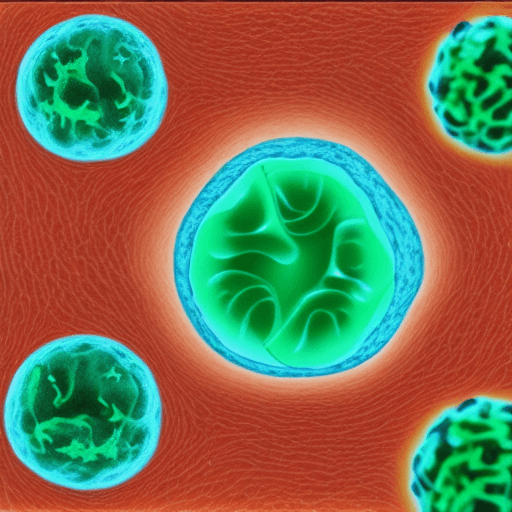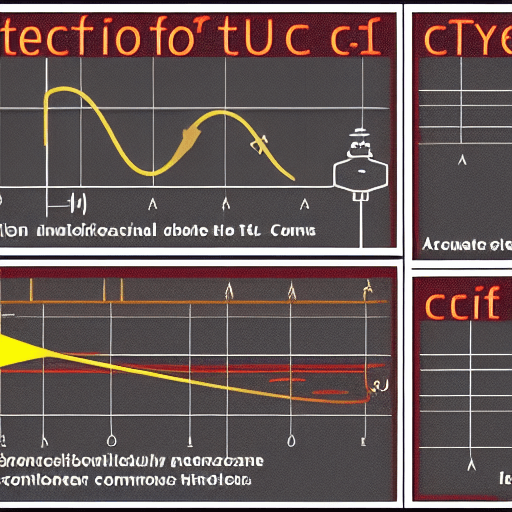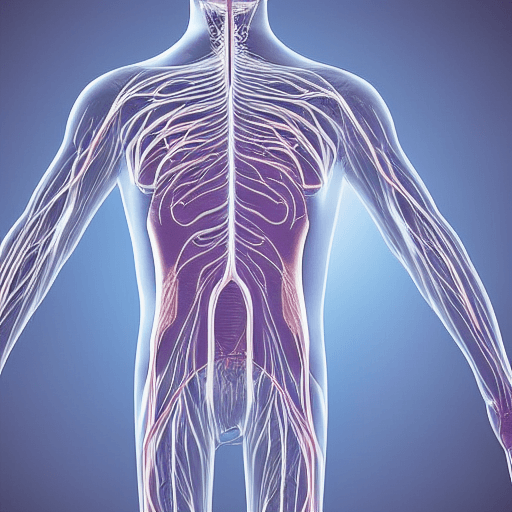What type of conduction takes place in unmyelinated axons?
There are two main types of conduction that take place in axons: myelinated and unmyelinated.
Today, we will focus on unmyelinated axons.

Unmyelinated axons conduct nerve impulses via saltatory conduction.
Here are 7 key points about conduction in unmyelinated axons:
- Unmyelinated axons lack the insulating myelin sheath that surrounds myelinated axons. This changes how conduction occurs.
- Instead of jumping along the axon at the nodes of Ranvier as in myelinated fibers, conduction in unmyelinated fibers is continuous along the length of the axon.
- Local currents flow continuously down the axon from one section to the next rather than hopping long distances as in saltatory conduction.
- The local currents depolarize the axon membrane in small sections along the entire length of the axon to propagate the nerve impulse.
- Conduction velocity is much slower in unmyelinated fibers, on the order of 0.5-10 m/s versus 40-120 m/s in myelinated fibers.
- Important unmyelinated fibers include somatic sensory fibers for pain/temperature, postganglionic autonomic fibers, and most axons in the CNS.
- The primary benefit of myelination is to greatly increase conduction velocity for faster signaling over long distances.
So in summary, conduction in unmyelinated fibers occurs continuously along the entire length of the axon rather than in jumps, leading to slower propagation speeds overall.
Unmyelinated axons have a single layer of Schwann cells, which is not enough to support rapid electrical conduction.
As a result, unmyelinated axons rely on the diffusion of ions across the membrane to generate an action potential.
This type of conduction is much slower than myelination.
Unmyelinated axons conduct electricity via ionic current flow across the cell membrane.
This type of electrical conduction is much slower than in myelinated axons, due to the relatively large resistance posed by the axon’s plasma membrane.
Unmyelinated conduction is often found in autonomic nervous system fibers, where conduction does not need to be as fast as in other types of nerve fibers.
What type of conduction takes place in unmyelinated axons?
In unmyelinated axons, conduction is slower than in myelinated axons because the current has a greater distance to travel along the length of the neuron.
In unmyelinated axons, there is no electrical insulation, so the current can travel freely along the membrane.

This type of conduction is called saltatory conduction because the current “jumps” from one point to another.
Saltatory conduction is more efficient than continuous conduction because it requires less energy.
However, it is not as fast as continuous conduction because the current must travel a greater distance.
What is unmyelinated conduction and what are the benefits of using it in certain situations?
Unmyelinated conduction is a type of electrical conduction that does not use a myelin sheath.

This type of conduction is often found in small-diameter nerve fibers, where the myelin sheath is not needed.
Unmyelinated conduction has a number of benefits, including:
- being faster than myelinated conduction
- being less energy-intensive
- being more resistant to changes in temperature
- less likely to be disrupted by damage to the Myelin sheath.
As a result, unmyelinated conduction is often used in situations where speed and reliability are important, such as in the nervous system. Similar to the crucial role of efficient conduction in unmyelinated axons, a well-functioning transmission is key to your vehicle’s performance.
How does ionic current flow generate an action potential in unmyelinated axons?
When an action potential reaches the end of an unmyelinated axon, it causes the opening of voltage-gated sodium channels.

This allows for an inflow of positively charged ions, which depolarizes the cell membrane.
As the action potential travels along the cell membrane, more voltage-gated sodium channels open and the depolarization spreads.
When the cell membrane reaches a certain threshold voltage, voltage-gated potassium channels open and potassium ions flow out of the cell.
This repolarizes the cell membrane and causes the action potential to stop.
The ionic current that flows during an action potential is what generates the electrical signal that is transmitted along the axon.
What are some of the applications of unmyelinated conduction?
The unmyelinated type of conduction is responsible for the proper functioning of some glands and smooth muscles, as well as for the sense of touch.
This type of conduction is also involved in the transmission of electrical signals in the central nervous system.
The unmyelinated conduction is slower than the myelinated one but, due to the lack of myelin sheath, it can easily change its course.
This type of conduction is used in the spinal cord, where the nerve impulses are sent from one neuron to another without traveling through the brain first.
Unmyelinated conduction is also used in some types of reflexes, such as the knee-jerk reflex.
What are some of the disadvantages of unmyelinated conduction?
- One disadvantage of unmyelinated conduction is that the action potentials are slower than in myelinated conduction. This is because unmyelinated axons are smaller in diameter than myelinated axons, and thus have a smaller surface area over which the electrical current can flow.
- Another disadvantage of unmyelinated conduction is that the action potentials are less precise. This is because the electrical current tends to spread out more over the unmyelinated axon, making it more difficult to generate a sharp, concentrated action potential.
- Finally, unmyelinated conduction is more susceptible to interference from outside sources. This is because the electrical current flowing through an unmyelinated axon is not as well protected as in a myelinated axon.
Consequently, external factors such as noise or static can easily disrupt unmyelinated conduction.
How can we improve our understanding of unmyelinated axons?
One way to improve our understanding of unmyelinated axons is by studying their structure and function.
By doing this, we can learn more about how these cells work and how they are affected by diseases.
Additionally, we can use this information to develop new treatments for conditions that affect unmyelinated axons.
Another way to improve our understanding of unmyelinated axons is by studying how they develop. This can help us to identify any potential abnormalities that may be present during development.
Additionally, this information can be used to develop new diagnostic tools for conditions that affect unmyelinated axons.
Finally, we can also improve our understanding of unmyelinated axons by studying how they are used in the body. This information can help us to better understand the role that these cells play in health and disease.
Article Sources
Jacks of Science sources the most authoritative, trustworthy, and highly recognized institutions for our article research. Learn more about our Editorial Teams process and diligence in verifying the accuracy of every article we publish.